♫ Dressing Taiwanese, I think I’m dressing Taiwanese. I really think so. ♪♫
I sing this anytime I put on pastel-colored lacy things, especially when black leggings are involved.
Fashion isn’t a passion of mine, but it’s clear that Taiwanese fashion influenced not just my style but also my understanding of Asia. Here are a few of my fashion and shopping experiences followed by photos of the more eye-catching outfits I encountered while living in Taipei, the capital of Taiwan. Or, if a humorous story sounds more appealing, skip to the last few paragraphs preceding the photos.
Take this color palette
and add pale pink and green.
With these colors in mind, let’s discuss style. For your imagined Taiwanese female attire, conjure up a dress or skirt and blouse. Add any number of pleats or ruffles, possibly both. If those are lacking, plug in lace or a tucked-in, ivory blouse. When I got back to the United States in late 2013, I realized lace is popular here as well. However, Americans do not share the Taiwanese’s inclination to mix patterns. For many people in Taiwan, stripes with floral is no problem at all. I’m afraid it rubbed off on my roommate and me a bit. Luckily Austin, Texas is extremely accepting of pattern mixing along with just about every other fashion choice.
As most would guess, clothing sizes in Taiwan are smaller to match the people who are, on average, smaller than westerners. However, some western stores such as Zara’s and Net have similar sizing to what you find in the United States.
Inexpensive, often stylish Korean clothing is extremely small. Korean clothes are often found in Taiwanese night markets. Imagine walking in the night-market street breathing in wafts of stinky tofu and squeezing past 15 hand-holding couples when you see jean shorts. You think, “I need jean shorts!” It’s humid in Taiwan, and shorts seem like they could very well save your soul. You pull a pair off the rack and begin wondering if this is a little girls’ “store” (rack of clothes on the side of the street). But it’s not. And you ask the teeny tiny employee if you can try it on. She hesitates, guesses what you’re getting at, frowns, and with a clear shake of her head, says, “No try on.” Next time, you don’t ask because it’s very obvious there are no dressing rooms at most of these stands. But you also don’t shop for shorts at the night market anymore because you’ve got a bum and most Koreans don’t. End of story.
If you are a western female planning to move to Asia, this paragraph is for you. As a size 4, I was right on the edge of fitting into night-market clothing, and I had to be selective about which regular stores I shopped at too. When I became a size 2 (no, the Taiwanese cuisine did not help me lose weight, but a surgery to ameliorate sleep apnea did), my options increased considerably. Here are some places that carry western styles and/or larger sizes in Taipei: expensive department stores such as those at the Zhongsxiao Fuxing Mall, reasonably priced western chains such as Zara or Net, and this gem of a find—Best Buy—that sells brand-name American clothes for cheap via some kind of arrangement with the factories.
My roommate wears a size 9 women’s shoe and had a very limited selection; I believe she only found athletic shoes in her size and waited for a trip back to the States to get additional shoes for work. My experience was much different because I am shorter. For example, for once in my life, I enjoyed shopping for dresses. Straps falling off my shoulders or cocktail dress reaching my calves were issues of the past while I was in Taiwan. I got into the Japanese-style clothing as it is a little classier than the imported Korean clothes and a bit more colorful and unique compared to Taiwanese clothes. Some of the Japanese clothing stores, like à-la-sha, are more goofy-cutesy than classy, though, and carry items like this sock, which is just about the tamest thing I’ve seen at their stores. Most items have vague animal or people shapes conspicuously stitched on or hanging off. That might sound horrible, but I must admit that my relationship with my whale pants is still going strong.
more goofy-cutesy than classy, though, and carry items like this sock, which is just about the tamest thing I’ve seen at their stores. Most items have vague animal or people shapes conspicuously stitched on or hanging off. That might sound horrible, but I must admit that my relationship with my whale pants is still going strong.
Now for a funny and embarrassing story. Walking around Taipei one day, I wandered into a small clothing store. All but three Taiwanese stores are small, so don’t focus on that detail. As I browsed through some of the items, I was vaguely aware of two female employees staring at me from about five meters away. I began to have a funny feeling about the clothes, or perhaps the stares from the women, so I took a better look at my surroundings. The shop wasn’t very aesthetically pleasing, and I suddenly realized I was in a dry cleaning place. The clothes I had perused (with my hands. one by one!) were customers’ dry cleaned items awaiting pick up. Mortified, I turned and walked out. I did it slowly so as to appear as though I’d simply decided those clothes were unfit for my taste, not that I’d became aware of my status as a moron who needs to learn Chinese.
Now for the clothing photos I took in Taipei, Taiwan. Many are of brighter colored outfits because they caught my eye and make for better photos, but those are the exception, not the rule, except near the universities and on children.
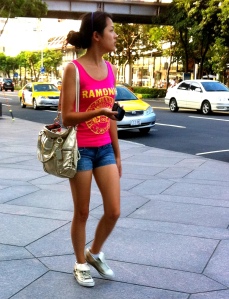
My guess is that she is not Taiwanese. I’m going by the loud colors and her appreciation of of the sun (tanned skin).
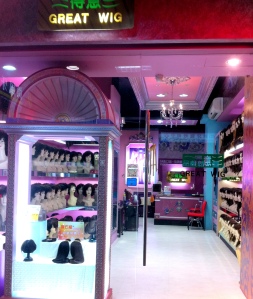
I went into this store once and tried on a couple of these expensive wigs. There are several of these stores in Taipei, Taiwan.
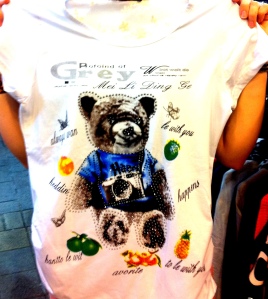
Cute/strange clothing like this is common. As are seemingly random English words: Grey, be with you, happens, happiness
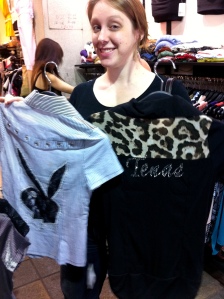
My friend helped me capture the popularity of Playboy Bunny attire. The nurse at the clinic near my house had Playboy Bunny work shoes. Work shoes.
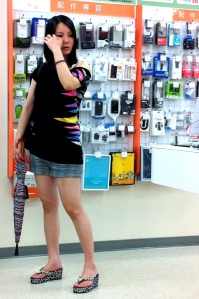
A not-very-extreme example of the pattern mixing: animal print shoes, plaid shorts, and triangular stripes.
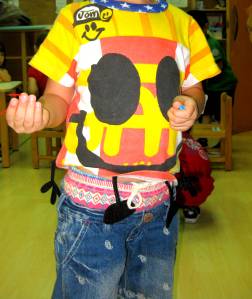
This is one of my students whose mom always dressed him in something awesome or odd, or awesomely odd. His shirt has black fabric hanging from it. And his jeans have a built in faux boxer. The shorts that are sticking out of his jean shorts are not really shorts, just a bit of fabric to give the appearance of him bustin’ a sag. Gotta give those 4-year-olds a head start on the important lessons in life… ?

This gives you an idea of what the jewelry is like too. It was nearly impossible to find jewelry not inundated with cubic zirconia.

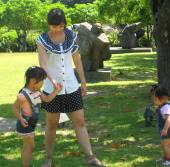


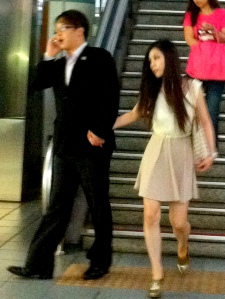
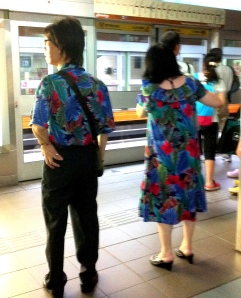
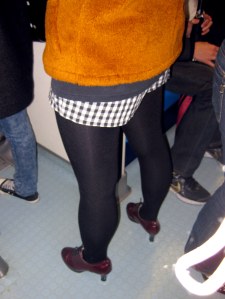
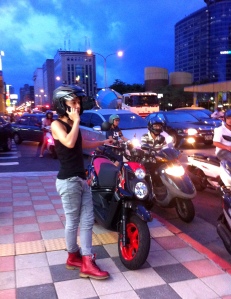
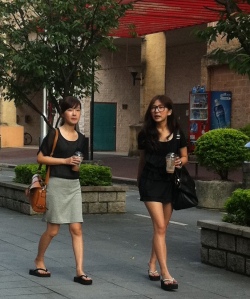
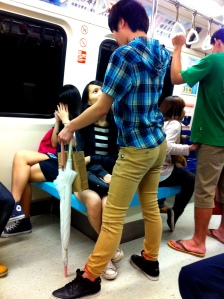
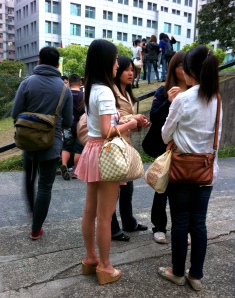
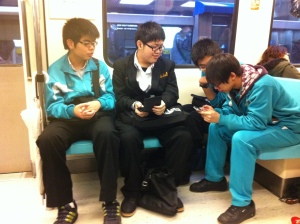
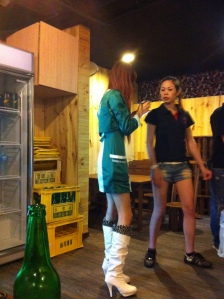
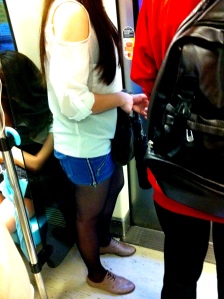
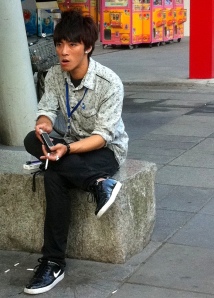
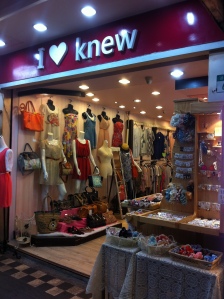

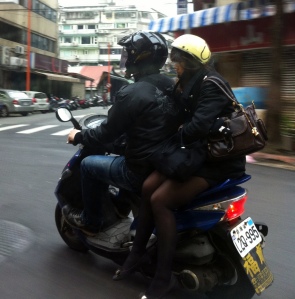
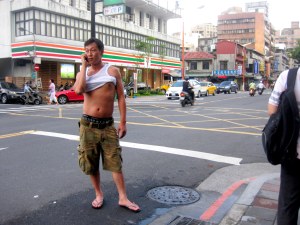
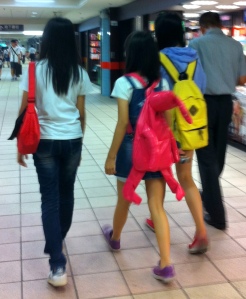
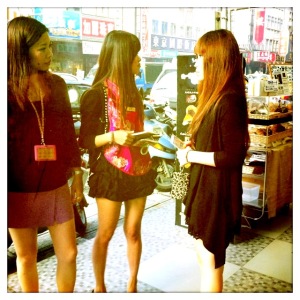
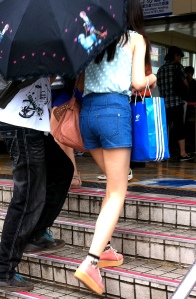
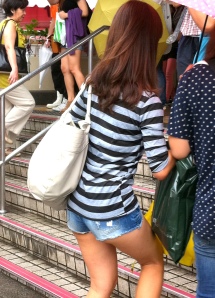
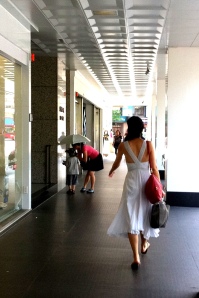
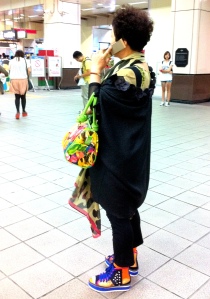
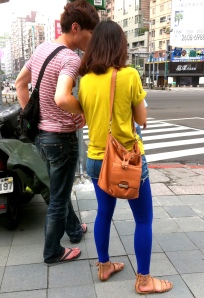
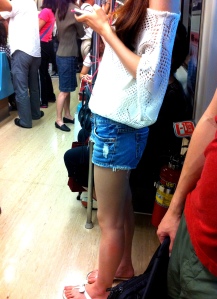
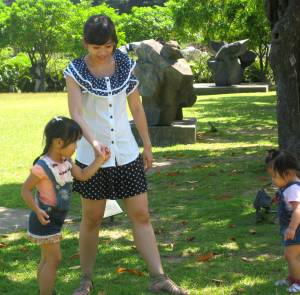
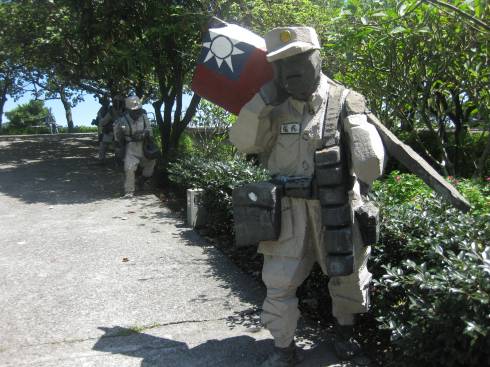
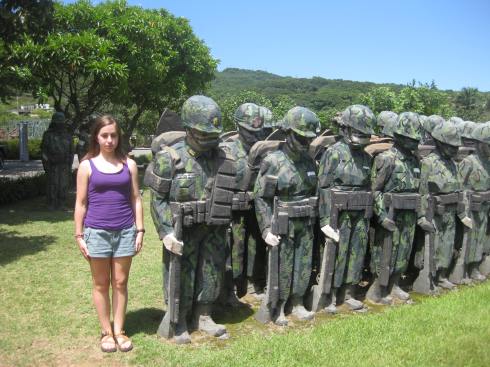
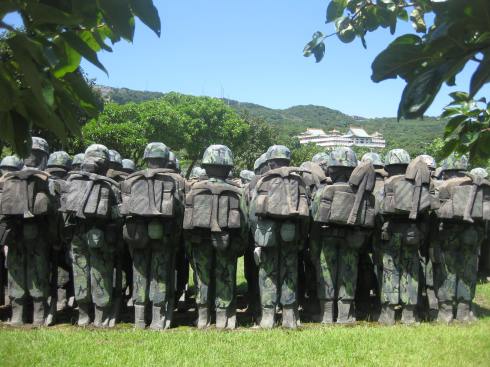
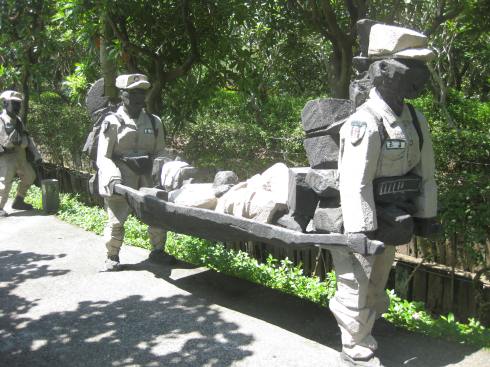
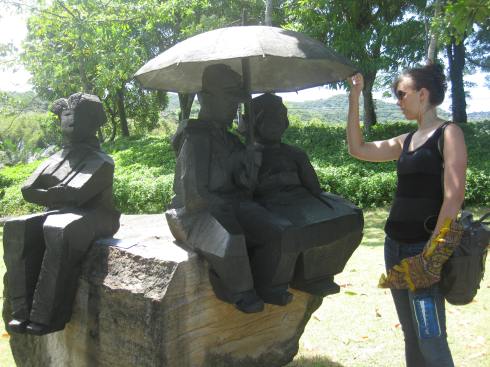
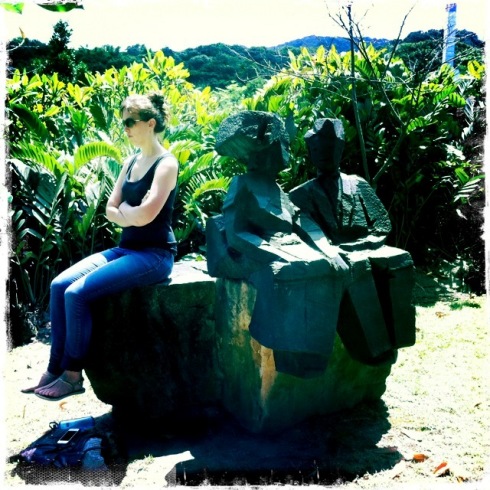
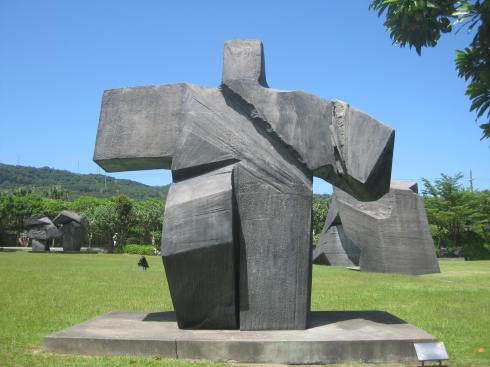
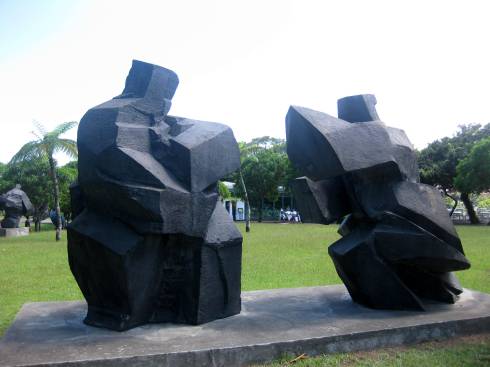
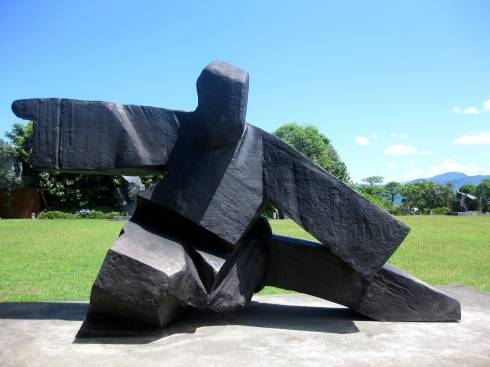

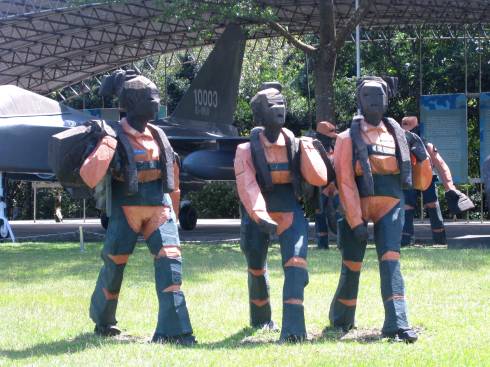
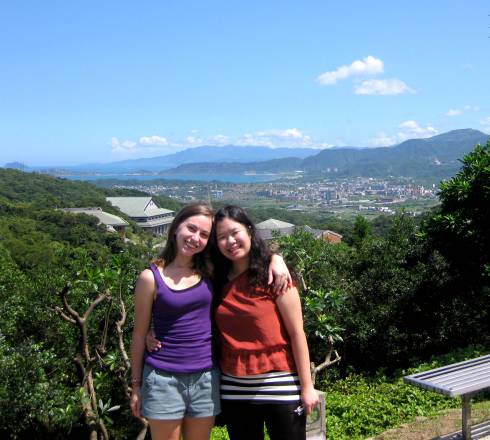
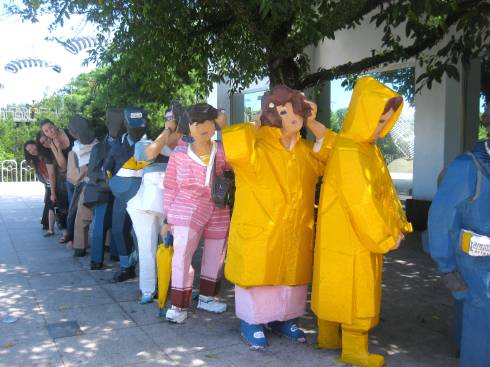
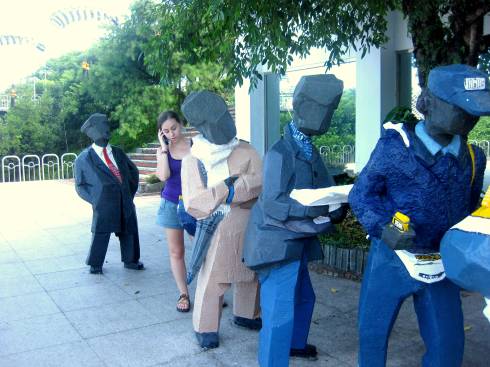
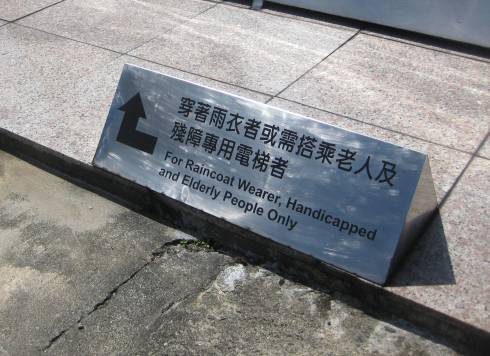
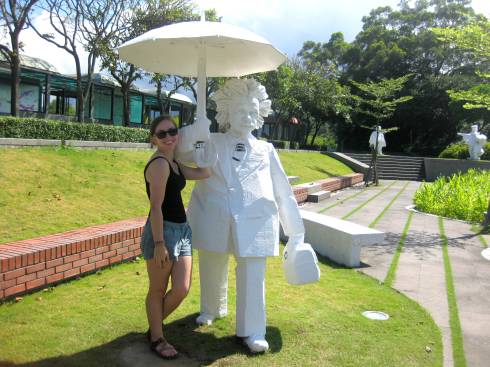
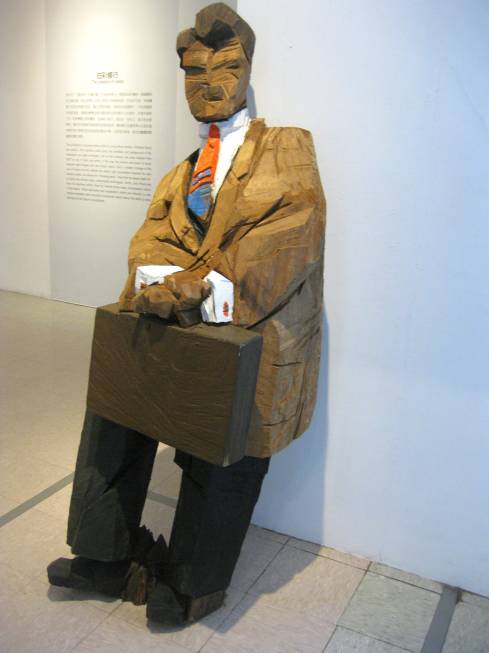
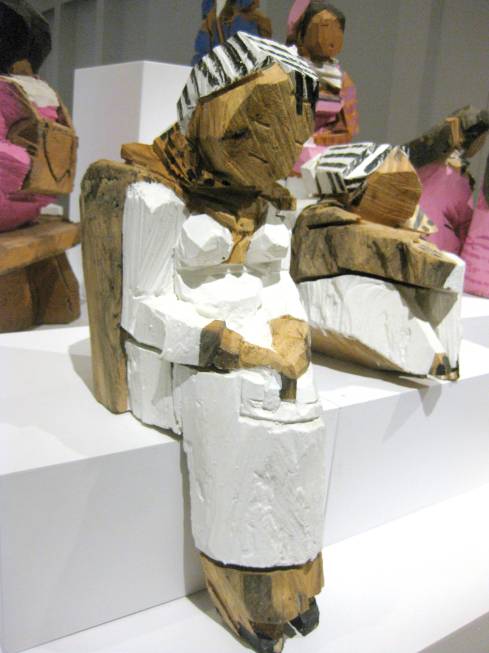
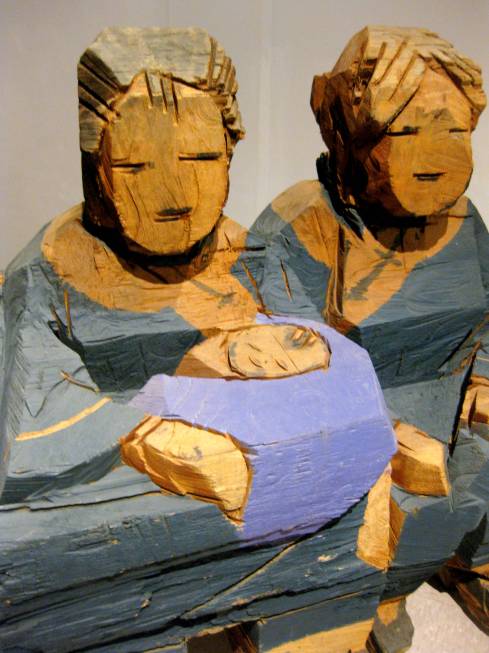
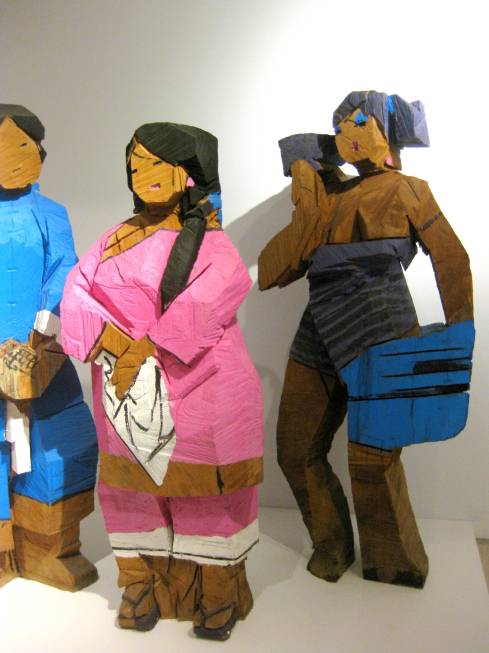
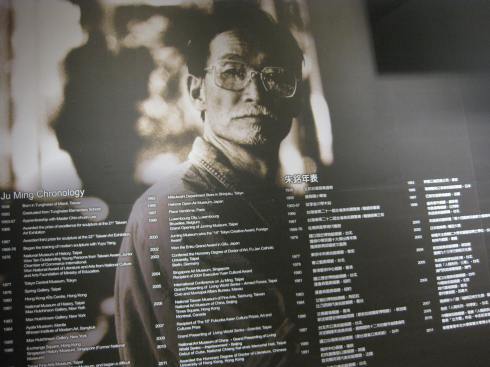
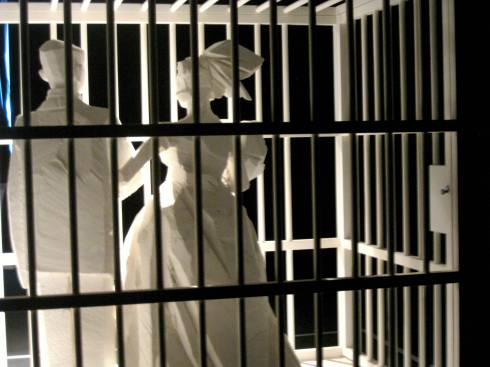
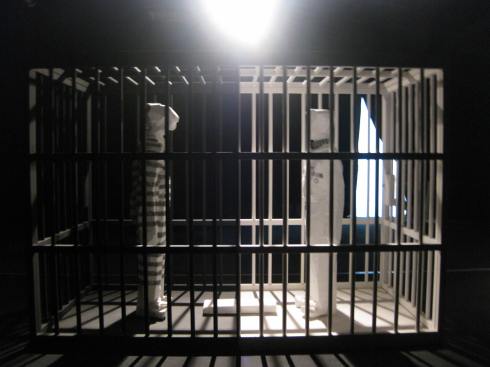
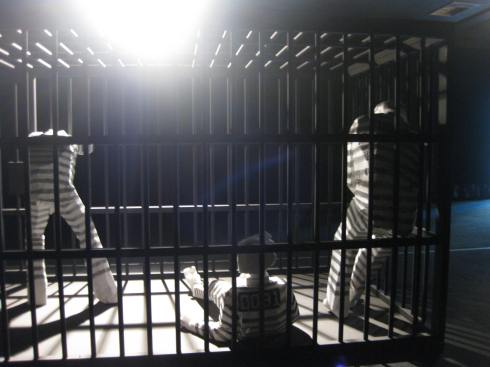
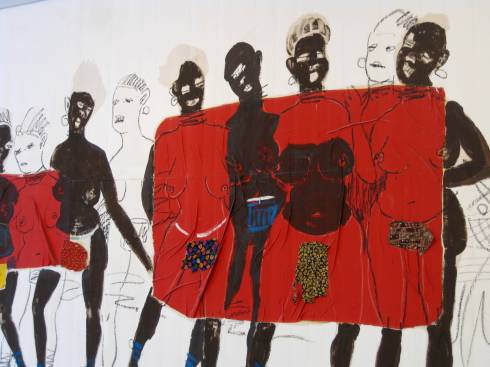
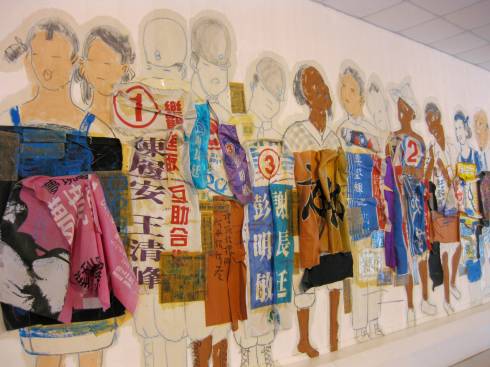
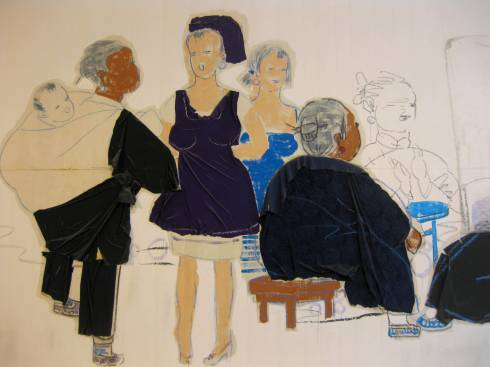





































































































Passion
17 JunPart I: Passion (less)
Did cliché sayings like follow your dreams and discover your passion assist you in getting where you are today? While checking your work email, do you think, “Yipee! Another update about IBH policy changes from Linda!” and then pinch yourself?
Perhaps growing up I was a bit cynical or just clueless, but those tidbits about dreams and following them felt like that part in a funny movie when the funny disappears because the main character is undergoing some ridiculous epiphany while we awkwardly fumble to sustain interest without falling prey to caring.
Maybe film writers cringe during their own resolutions too, but they understand that at least one character must progress in some form so people feel as though time did in fact pass while they sat there for two hours eating chocolate covered raisins. Life dreams seemed like façades people keep handy in case someone inquires. This seemed much too risky for me. I didn’t want the movie of my life to go through an awkward phase of me realizing my dream sucked, or worse, that I sucked in not pulling it off.
I don’t think I’ve ever been good at knowing something is definitely right, either… especially regarding the right path to take. People like to advise me, “Enjoy the moment, stop thinking so much.” Which moment? The one you think I’m having? I get distracted by everyone’s different perspectives. I appreciate all of them but feel like joining none. This is something that my roommate Carrie doesn’t understand. She feels very strongly about her perspective on life and which friends are going to support it. She’s expert at completely ignoring hindrances. I envy this, but I have trouble adopting it. One time many years back she wanted me to ditch a guy we had picked up and taken to an event. “He has too much negative energy,” she explained. I agreed with her, but I couldn’t write him off so simply. He was learning Japanese.
There were times when I tried to conjure up a life dream, but there was nothing. I wasn’t one of those kids who dreamt about becoming a veterinarian. I imagine them having had a fairly easy time transitioning to a more suitable goal when the time was right. Confidence is confidence, transferable and easily liquidated. I didn’t dream about what university I would attend, my wedding, a city large enough to worship, nor one small enough to worship me. I considered myself a little interested and a lot fearful of everything.
Once I started something, I didn’t like to quit, so I’d plod along, not stopping to consider if I had any passion. Growing up listening to my sister’s pure soprano win awards and make car trips seem shorter, I joined choir. Julie’s athletic talent may explain why I joined every sport short of soccer. I remember enjoying the team-less ones, gymnastics and tennis, the most. Sam’s passion for drugs was enticing when nothing else in high school was, so I became familiar with the types, feelings, and locations. You learn who has clueless or careless parents, and this helps you pity those kids when you need a break from feeling sorry for yourself.
My passion resided in Journalism and English. Journalism may have inspired me if I wasn’t so distracted by Sam, who I could find in the dark room’s tiny closet even though we didn’t technically have sixth period together. He slept in there, hiding from his classes and life. I wanted to join him but there was no room. And though English class inspired me, I regarded it as a means through school, not an end. It’s similar with writing, art, and dancing. I lose track of time doing those things which is a good sign, but what use are they in the end?
For every proponent of dream chasing, there were even more Debbie downers to remind me of the starving artist, the not quite good enough basketball player, the bored housewife, the friendless computer nerd, the liberal arts major living with mom and dad. Those stereotypes have truth in them, but I’m finally realizing that they ignore life’s myriad avenues. Fearing abandoned passions and wrong decisions and people named Debbie, I became accustomed to ignoring choices until someone gave me a push onto whatever conveyor belt was closest.
In a Steve Jobs quote that a friend sent me, I found these sentences appealing, so I painted them onto a huge piece of cardboard and hung it on my wall:
Have the courage to follow your heart and intuition. They somehow already know what you truly want to become.
I don’t regret what I’ve spent several years of my life pursuing. I have passion for teaching, but I want to uncover the rest of me. The me who was trying to hide in the dark room’s closet.
My friend Sara introduced me to a band called “The Head and the Heart”. Their self-titled album comforted me on many a rainy bus ride this year, and I like to think of it as my beacon towards the habit of following my heart instead of my head.
Notice how the lyrics say, “Put your dreams away for now, I’ll be gone for some time” Meaning he’s going to get lost in his mind and figure out his dreams, screw yours.
Inspirational music is great, but what else helps or hinders a person in pursuit of a dream?
PART II: How Thinking Stifles Passion
In a post many months ago I modified the saying “I think therefore I am” to include warnings about the dangers of thought:
I think therefore I am disconnected from life.
Stuff like that. Is the connection between body, mind, and spirit central to the follow your dreams adage? Personally, I viewed intellect as superior, health as something you’ll miss if you don’t have it anymore, and spiritual experiences as happening exclusively on camping trips and drugs. Though I grew up attending church, it had a certain waxy, swiss cheese feel that turned me off around the age of 14.
Then, as body and spiritual awareness became important to me a few years ago, I’ve begun to uncover some interesting ideas. Healthy breathing, posture, and organs may seem to require hard work and focus, you know what I mean if you’ve ever gotten into yoga, but this year I’ve learned that maybe it isn’t work at all and shouldn’t be forced. It comes naturally when you decide to care about it, and when you let go of fears and obsessions.
In January, I developed an intense back pain. It started on my way home from Thailand… too many souvenirs in my backpack I suppose. You’re welcome in advance. I figured it’d go away eventually like the time I pulled a muscle swinging off the rope swing at the springs in Austin. But it didn’t go away this time. I saw an Australian-schooled chiropractor several times. I visited the regular doctor here once a week or more for acupuncture, electrode machine therapy, and massage therapy. The pain became more bearable, but still very much present. After four months I had kind of given up hope though I was still going to the doctor. Then my friend told me about his chi massage doctor. “You can go talk to him about it at 3pm on Saturday,” he informed me. So I showed up to a bakery, thinking… actually, I refrained from thinking because the whole situation was too confusing. I was at a bakery for relief of back pain?
The first part of the massage. What you see here lasts for a solid minute at least.
Turns out that crammed in the middle of the bakery’s office on the third floor is a massage table where Dr. Wu spends 30 minutes putting pressure on different areas of your body in order to get your blood and energy flowing. Some of what he does hurts, especially when you’re not expecting it, which of course you’re not. He’s ramming his knee into your bum for a solid 45 seconds, grinding his elbow into the sensitive areas slightly behind your armpit, and when he needs you to open your mouth while he forces a ceramic block down your spine, he has to call down to the bakery and get this command translated into English.
“This chi massage,” he explains through my friend’s mom as translator, “will assist your body in healing itself. The reason your back is not healing is because your body’s natural energy flow is disrupted.”
Jade’s qi massage
I didn’t expect it to work any better than any of my other doctor visits had, but my back pain was significantly better after the first three massages. Chi (actually spelled qi) is translated as life energy or energy flow. In Hawaiian culture it’s called mana. When Carrie and I first moved to Taipei, we attended a very long qigong session that was somewhat similar to yoga. Asian cultures have many ways to promote healthy qi. The way I view my back problem is that my mind had set up a dictatorship against the rest of me, disrupting the natural flow of things. But, with the help of Dr. Wu and a qi coup, my back pain disappeared completely after about 10 appointments.
Laura, Dr. Wu, and me at the bakery.
When I pointed out to Dr. Wu that I hunch my shoulders and constantly keep certain back muscles stretched and strained, he said, “Yes, but you should not think about this. Your posture will improve naturally as you begin to feel healthier and happier.”
And I did become healthier and happier, even my complexion improved. I’m going to miss Dr. Wu and Laura, the owner of the bakery. She makes me fresh cucumber and apple juice, gives me special teas, and sends me home with free pastries every time I visit. Sometimes I wonder if it was simply their care that healed my back.
I came across similar beliefs about thinking in this article about awareness. The author, Garret Kramer, helps athletes and performers reach their potential. His work has been featured on ESPN and in Sports Illustrated. I especially like what he says about thought in number 6 when he explains that trying to think optimistically is futile:
Those who understand the arbitrary and meaningless nature of thought would never try to change or fix their thinking.
Then in number 10 he addresses issues related to finding your passion: Passion is 100 percent an inside job. We are passionate when our consciousness is elevated; we are passionless when it’s deflated. So, when you lack drive or enthusiasm, don’t look for the explanation in your career or your life. Consider it this way: Young children are passionate and wondrous about everything. Why? Peace of mind and consciousness are their norm.
So, I have now commenced to cease thinking and start enjoying. Who’s with me? And who will let me live with them for free when I come back to Austin in September? By “enjoying” I meant “mooching”.
Tags: career decision, chi, chi massage, find your passion, follow your dreams, mind body and spirit, qi, qi massage, think with your heart